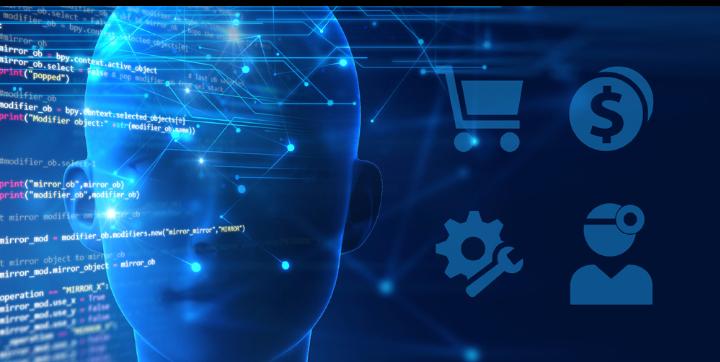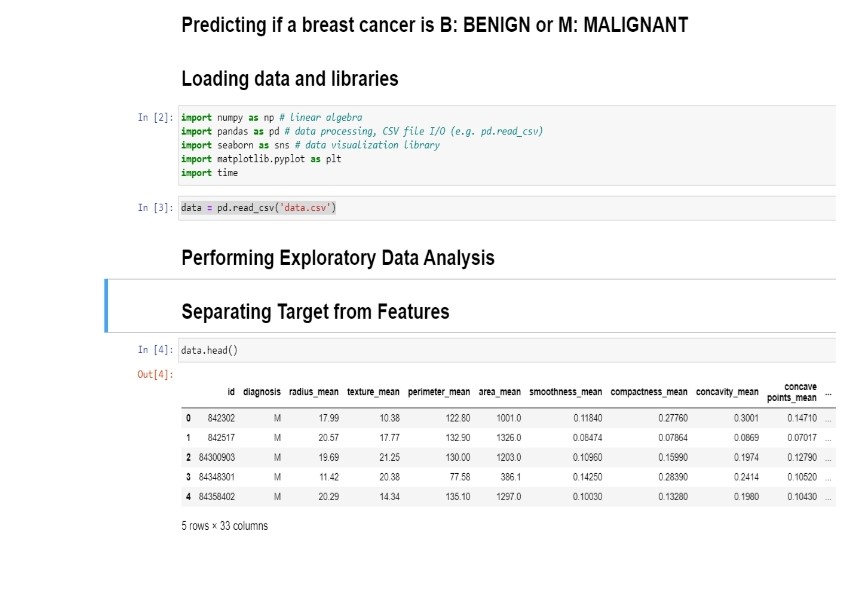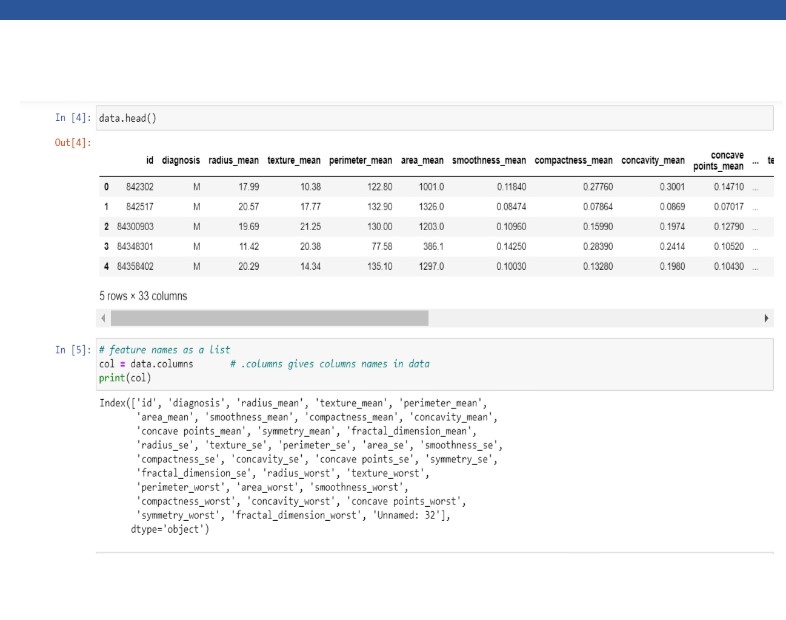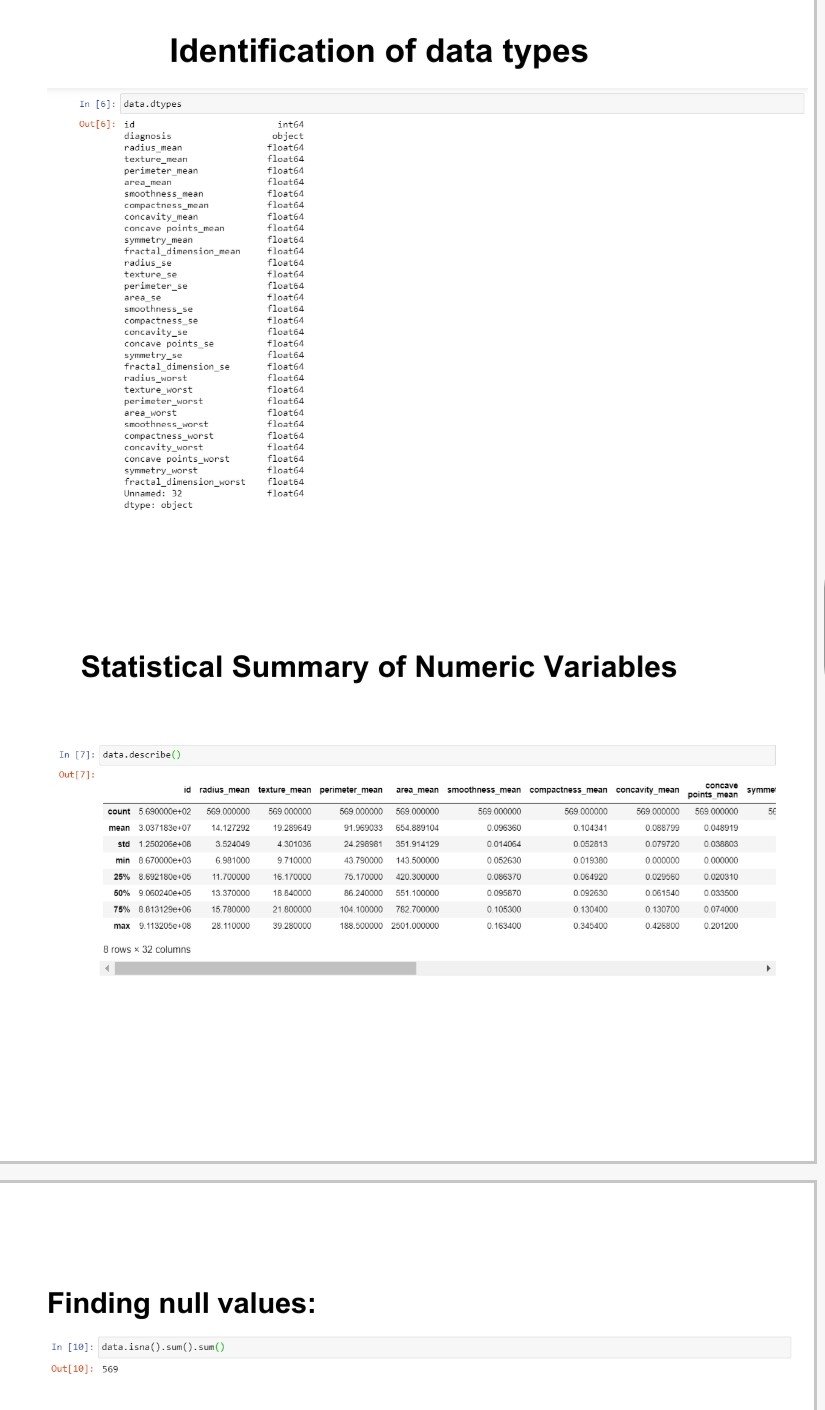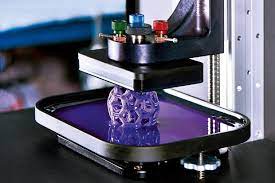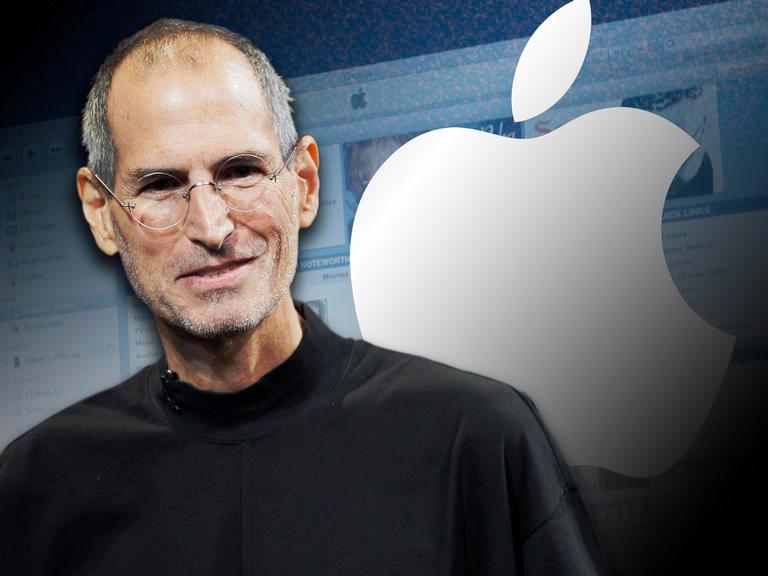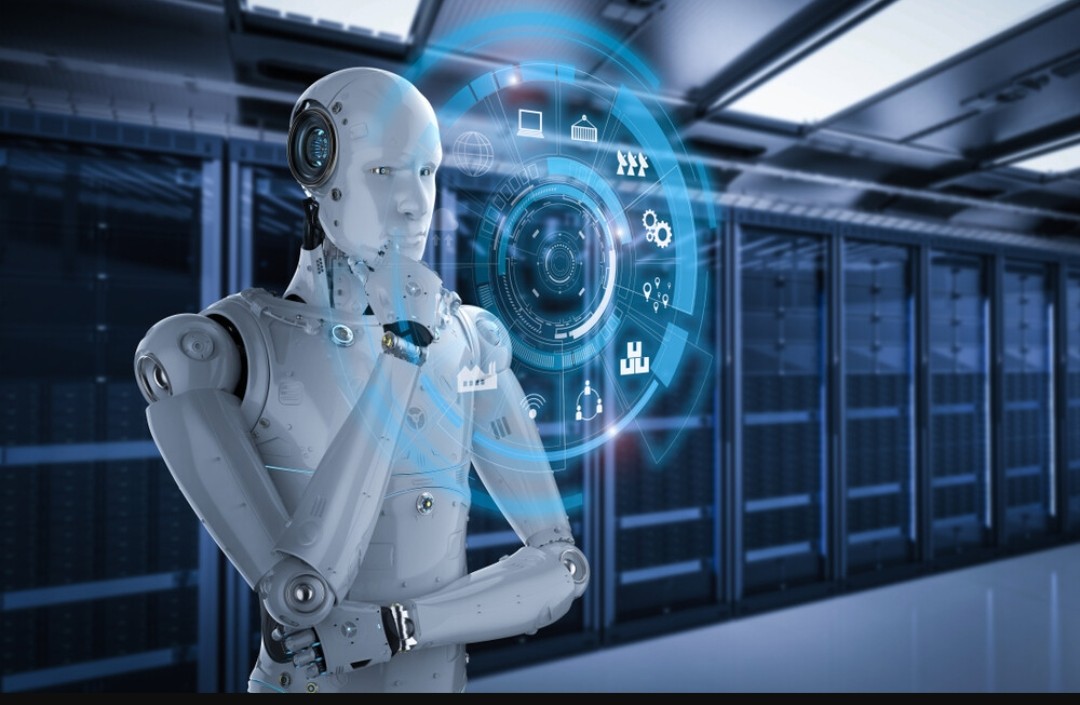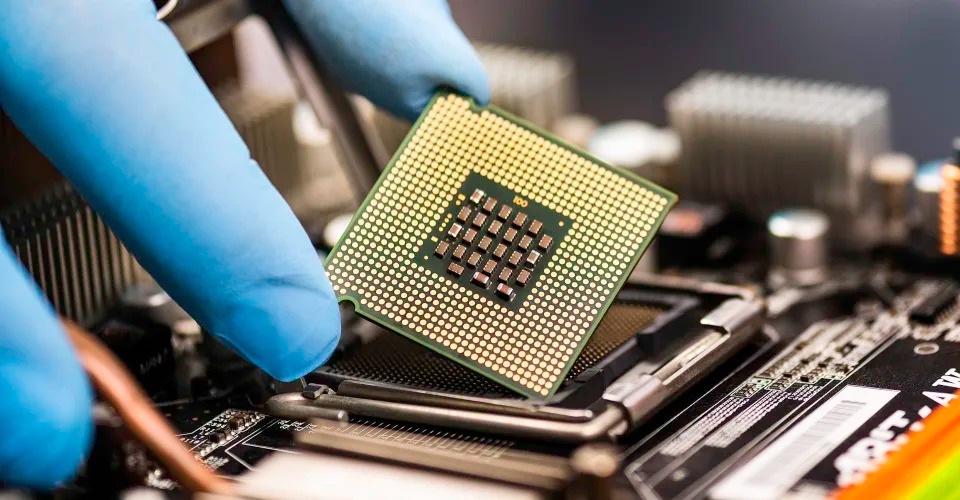By Prashant & Vishakh
In the Era of Pre-1800’s there were just traditional shops, during the 1800’s departmental and retail stores took birth, in the late 1800 and mid-1900s the boom of Mail Order and Catalogs took place, late 1900s the era of Big Box Stores took place, finally 2000’s as in the present world age of the internet.Aritifical Intelligence is changing advertising and the surrounding landscape. Advertisers want to optimize the vast amounts of data at their disposal to create better campaigns and drive more impact. Before the assistance of AI, it was difficult to measure the effectiveness of campaigns and where to allocate spend.However, media spend is not the only sector of the advertising industry being affected. AI affects planning, analytics and creative. Therefore, other factors play a crucial role in how advertising budgets are developed and spent.
What are the technological transformations and inventions during this era and how has it effected consumer behavior?
Let’s go from the beginning to the end in a hierarchical way.
- Social Media:
AI is a key component of the popular social networks you use every single day.Facebook uses advanced machine learning to do everything from serve you content to recognize your face in photos to target users with advertising. Instagram (owned by Facebook) uses AI to identify visuals.LinkedIn uses AI to offer job recommendations, suggest people you might like to connect with, and serving you specific posts in your feed.Snapchat leverages the power of computer vision, an AI technology, to track your features and overlay filters that move with your face in real-time.
And, across all social media platforms, AI and machine learning are regulating how the content you create and the ads you buy are placed in front of users-often in ways that aren’t entirely transparent to marketers.This is all to say that AI is a fundamental part of how today’s social networks function. - Online Options as consumers are connected:
In this new era each and every person is connected someone or the other way. Discussion websites like shiksha, chegg, WikiAnswers and etc. every person has an option to ask and know about any sort of products from a casual FMCG to an expensive Auto Mobile, every want to know each other’s feedback so that they can evaluate and know things in various perspectives so that they can understand more about the product or service. People are connected, we all live 2 lives one for the online world and another for ourselves, it is mandatory that if a company wants to grow they need to encash the opportunity of people living 2 lives, and the companies are doing this to develop their business they use social influencers, blog writers and content creators to promote their product or service which are regularly not used by them, but for remuneration they publicize the company. - Mobiles and Online Payment Options:
How many of us search for a product online and then enquire about it in offline stores? Many of us. From the initial stage of creating a want to the stage of purchasing it everything has become online. Our mobile has become a one stop destination for all human needs we can search for the product’s information from its features to its price. Whenever we go to a shop to purchase any essential items once the shopkeeper says the info and price of the product we immediately search for the product online and compare the prices. So, in today’s world people have become smart, cos of which it is mandatory that every organization to get its own online presence once the organization has an online presence people can order for the service or product the main doubt raised by how will they pay for the service or product then raised the evolution of online payment. Now there is online presence and safe payment portal for consumer to purchase the product or service with their respective bank accounts through Debit or Credit Cards. - Big Data and Cloud Technology:
One can rightly argue that “Artificial Intelligence is useless without data and data is insurmountable without AI ”. Also, both AI and Big Data are literally impossible without human intervention and interaction.AI system which enables Machine learning solutions is the future of the development of business technologies and processes. Such enabled Machine Learning applications automate data analysis and find new insights that were previously impossible to imagine by processing data manually or with traditional methods.
Through Cloud Technology companies are able to monitor consumers everyday activity, once you search for an item or service there is an instant responses from various online websites regarding the item or service searched in whatever site we enter. Every company is using this technology to develop their online presence. - Virtual Reality or Augmented Reality:
AR and VR are the new world. Many companies are coming up with their own technology and user experience and interface. People are now moving towards AR it is a great decision taken by the companies to develop their own UI and AR as the public are excited for this. Greatest example of this would be Lenskart and Ikea, Lenskart has come up with an option in their app where the customer can see how he/she looks when they were the spectacles without even wearing them, and there comes Ikea to solve the problem of how a sofa or a Shelf Unit is going to look in your room, the furniture retailer Ikea brought in an AR app to help visualize e-commerce consumers to how an item might look in their area.
Conclusion
Technology has developed and evolved the market of retailers over the past years, and this will continue to do so. The evidence of this can be seen in the form of day today’s activities by various companies on their strategy to gain their presence in the market (online or offline), this displays that digital world has integrated into the shopping experience of general consumers. From full price transparency to mobile alerts and social sharing, retail has become far more hooked in to technology and social media influences.
A company which is responsive and forward looking can pleasure their customers with their latest environment/eco system by placing emphasis on a seamless digital experience, for example Apple Inc. they create their own digital and hardware Eco System to delight their customers. Some of the tools which are available to companies to develop their presence are website design, custom alerts and a compelling content strategy. Usage of these tools in company’s strategy and making shopping experience attractive and creative can bring new customers to the brand, and can result in greater loyalty from existing customers.
